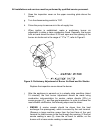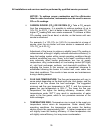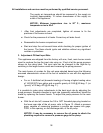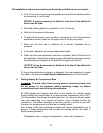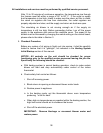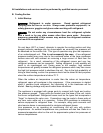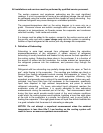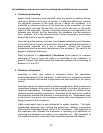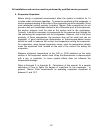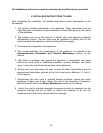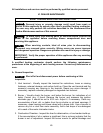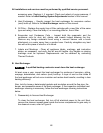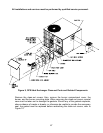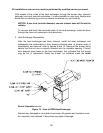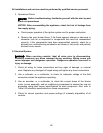All installations and services must be performed by qualified service personnel.
3. Condenser Subcooling:
Before taking subcooling measurements, allow the system to stabilize through
continuous operation for at least 15 minutes. To determine subcooling, measure
the refrigerant pressure at the liquid line as it leaves the condenser. It is
preferable to measure pressure of the liquid line at the evaporator, but most
manufacturers, including Thermo Pride, do not include test ports (or Schraeder
valves) at the evaporator. Typically, it would be necessary to compensate for the
pressure drop through the line connecting the condenser and the expansion
valve. However, due to the close proximity of these components, the pressure
drop will be small and can be neglected.
Once the liquid line pressure is known, the refrigerant temperature must be taken
on the liquid line as it enters the evaporator. Use a good resistive thermometer or
thermocouple protected with a rag or insulation. Subtract the measured
temperature from the saturation temperature of the refrigerant. The result is the
degree of refrigerant subcooling.
Refer to Example 4, in Appendix B: Calculations of this manual, for a sample
calculation of how to figure the degree of subcooling for the condenser. In
general, Thermo Pride recommends the evaporator operate with a subcooling of
between 10°F and 15°F.
4. Definition of Superheat:
Superheat is extra heat added to refrigerant above the vaporization
pressure/temperature of the refrigerant. A small amount of refrigerant superheat
is usually beneficial and needed to help assure the best operation of the cooling
system.
Superheat cannot be measured with a pressure gauge alone. Both pressure and
temperature readings of the suction line are required to evaluate the amount of
refrigerant superheating. The degree of superheating gives an indication of two
important system-operating parameters. Superheat at the suction line outlet of
the evaporator indicates the efficiency of the evaporator coil. Superheated vapor
at the suction line inlet to the compressor insures that liquid refrigerant is not
being pumped into the compressor.
Highly superheated vapor is also detrimental to system operation. The highly
superheated refrigerant may overheat the compressor, resulting in premature
failure and/or intermittent thermal cutout of the compressor. High superheat at
the evaporator also indicates the evaporator is operating very inefficiently by
vaporizing the refrigerant too quickly in the evaporator coil. High superheat at
the evaporator results in some loss of the evaporator heat removal capacity.
42



